Cupid and Psyche: Love Story Through Sculpture
Cupid and Psyche, mythological characters immortalized in Metamorphoses by Apuleius, have been inspiring artists through the centuries. Sculptors...
Valeria Kumekina 14 June 2024
César Baldaccini, better known simply as César, was a prominent French sculptor of the 1960s. He created large sculptures formed by compressing crushed automobiles, discarded metal, rubbish, domestic objects, or even jewelry. He also collaborated with Louis Vuitton and Cartier and, through his hands, iron became delicate and trash elegant.
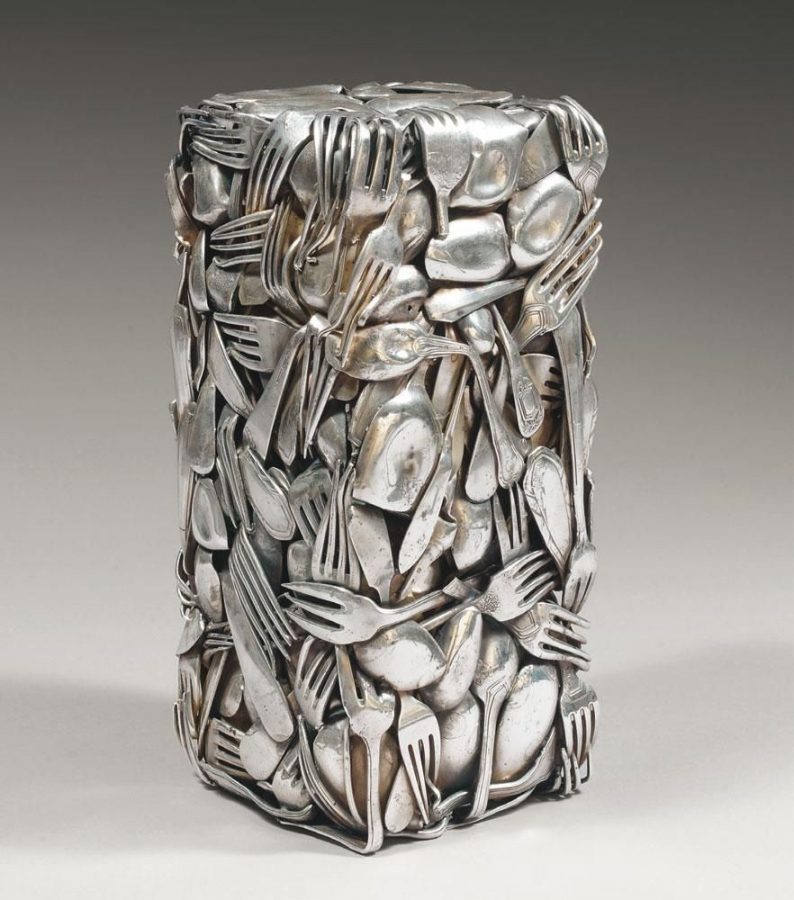
César Baldaccini’s name might raise questions about his provenance. In fact, he was a French sculptor, born in Marseilles in 1921 to Italian parents who originated from Tuscany. At the age of 12 he quit school in order to work, but three years later he enrolled in evening classes at a local art academy. Then, in 1943, he won a scholarship to the École des Beaux-Arts in Paris, where he lived for the rest of his life.
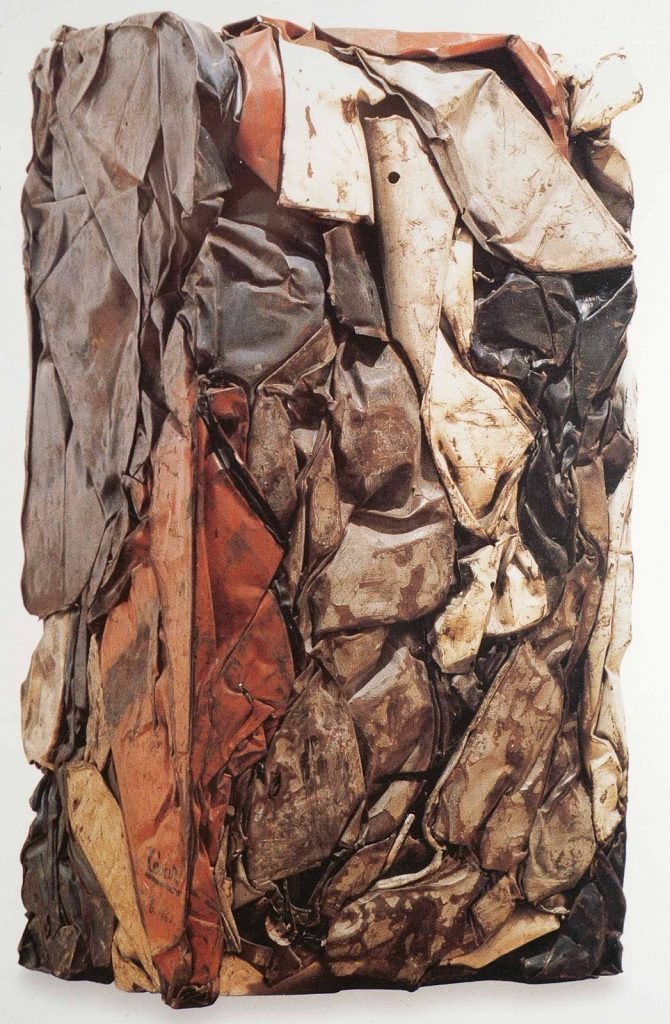
Working with plaster and iron, then with lead, wire, and ceramics, he was initially influenced by Brancusi, Picasso, Giacometti, and Germaine Richier. Since his creations were often interpreted as critiques of consumerism, César’s consumer-waste sculptures were sometimes compared to Andy Warhol’s Pop Art. César however refused to be grouped by the categorizations of the art world.
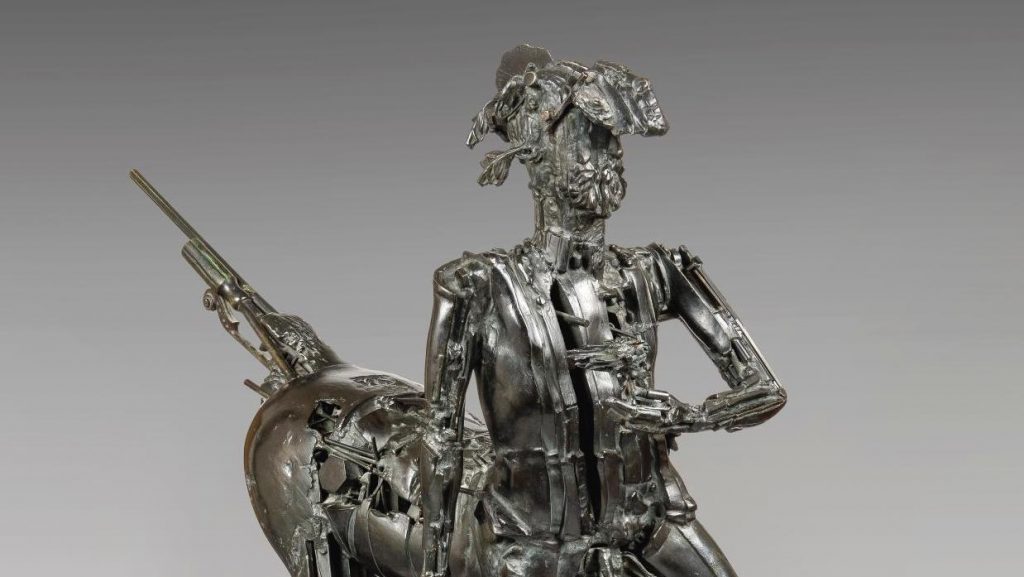
In the early 1950s, when he was too poor to buy expensive materials, he discovered the potential offered by scrap iron.
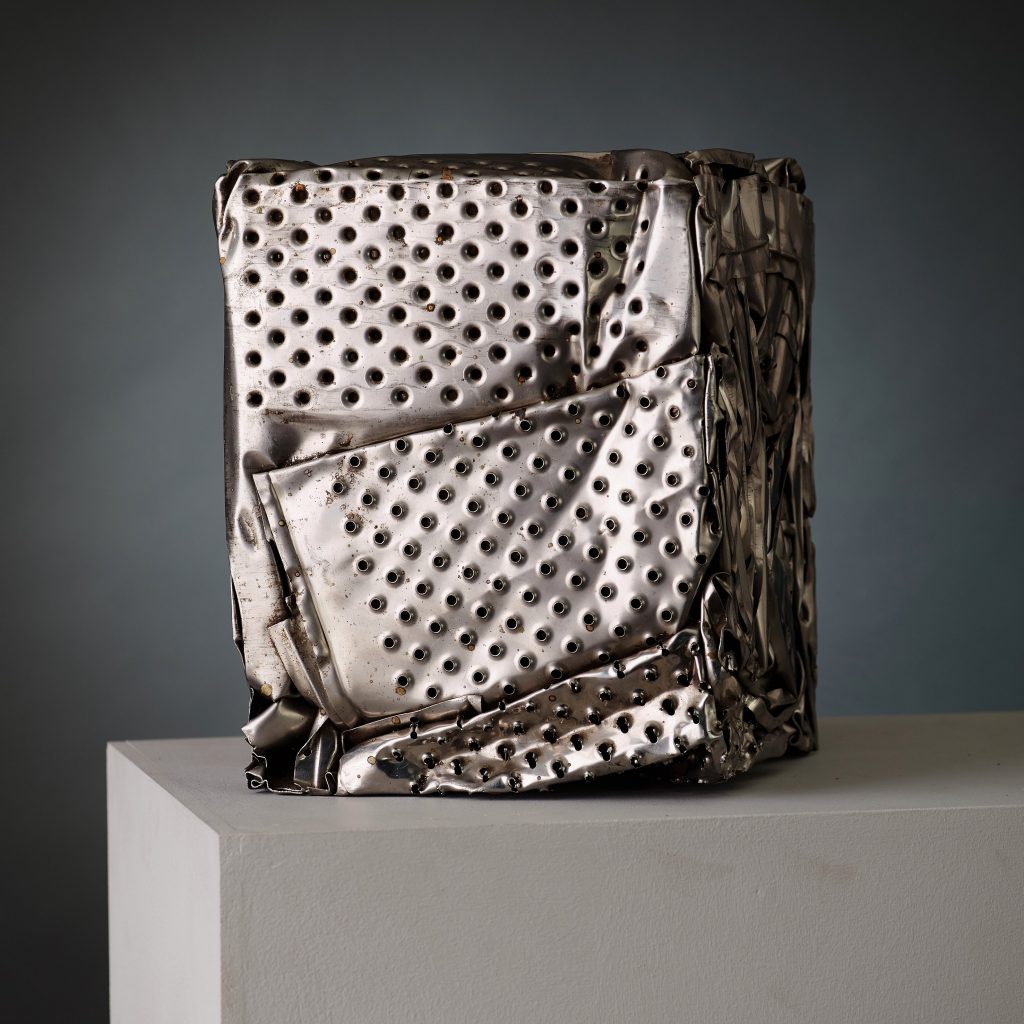
With his artistic vision shaped by poverty, he therefore used the most economical and ordinary materials for his sculptures. He moved closer to the New Realism movement which likewise made use of objects from consumer society and blended elements of the Arte Povera movement of Italy (a group that emphasized raw and unprocessed materials in their works) and the French Matiéristes, who focused on the so-called objets trouvés.
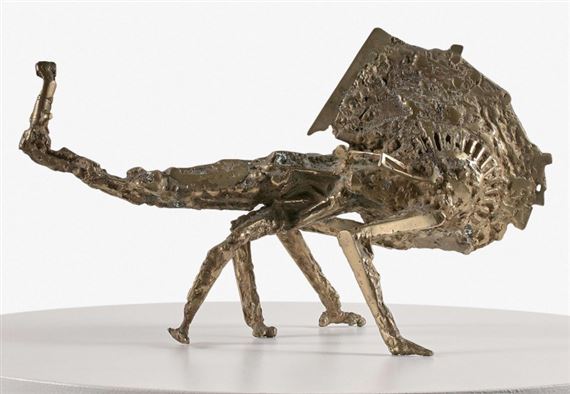
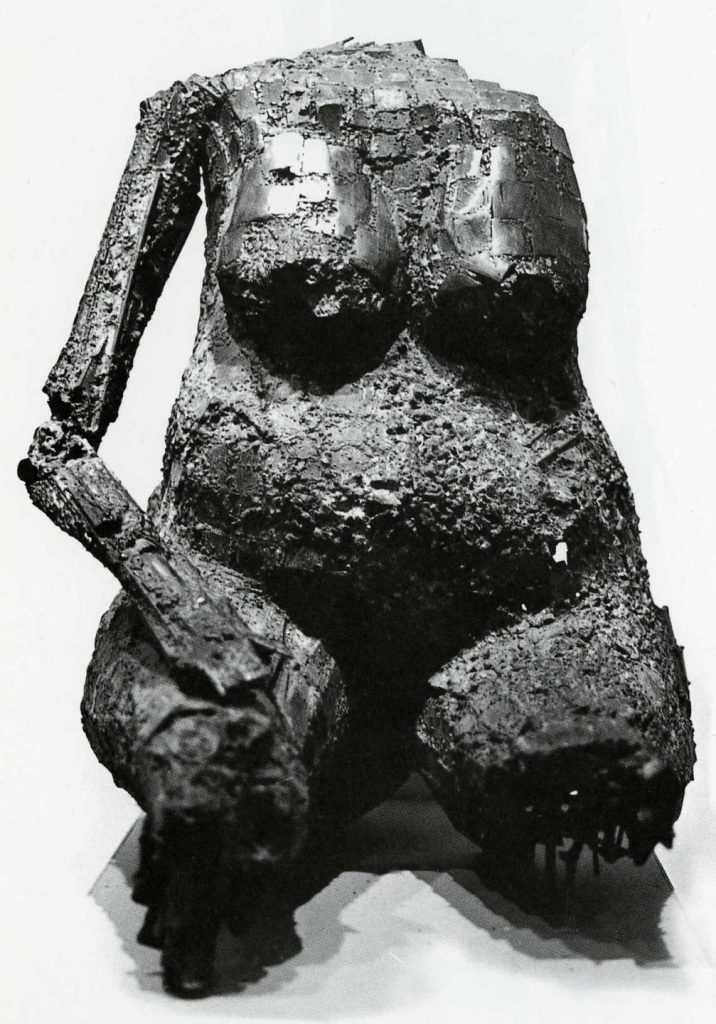
In 1952 he began creating sculptures by welding together pieces of scrap metal which later become known as his bestiary, a series of insects, various animals, or nudes. In this way, the so-called Compression series came to life. His first solo art show was in 1954 at the Galerie Lucien Durand in Paris, while his first Compression was exhibited in 1958. For his nudes, his sensational gigantic Sein was modeled on a cabaret dancer’s breast and then molded in pink polyester resin. It could be an indirect reminiscence of Marcel Duchamp’s Prière de toucher.
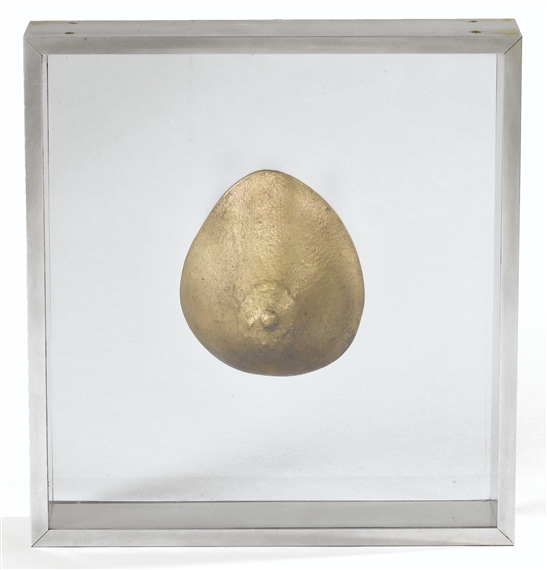
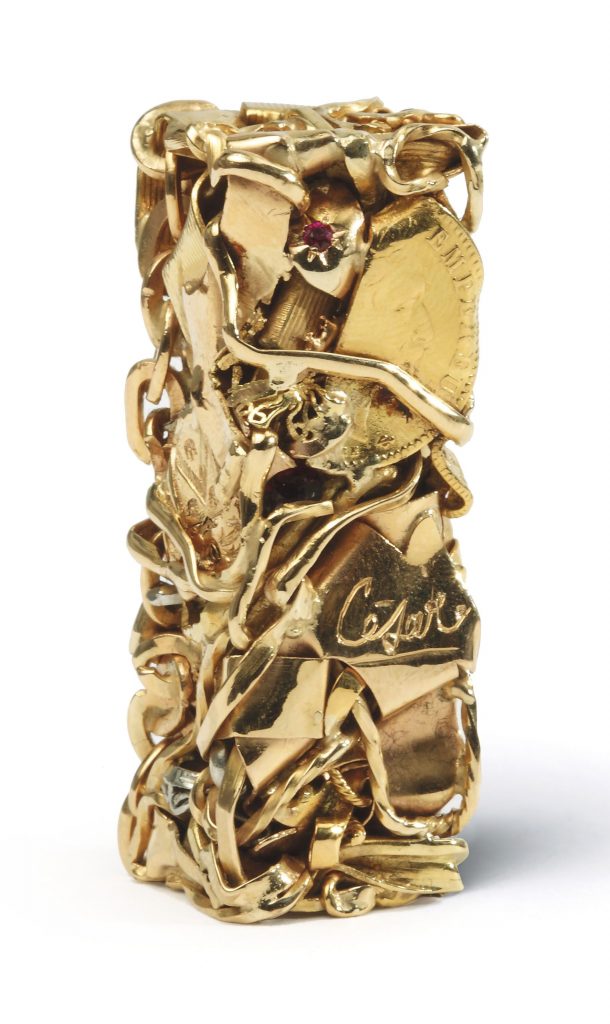
To form many of his compressions César used a hydraulic press, a welding torch, or occasionally a sledgehammer. As mentioned before, he experimented with various materials. César also applied the same welding technique to jewelry, creating brand new pendants and pieces through crushing of old rings and necklaces. He made a series using compressed jewelry and watches by Cartier and created a pendant out of it. For example, one composition featured thousands of crushed counterfeit Cartier watches that had been seized by customs officials. Furthermore, his famous pendants were worn by world-renowned celebrities.
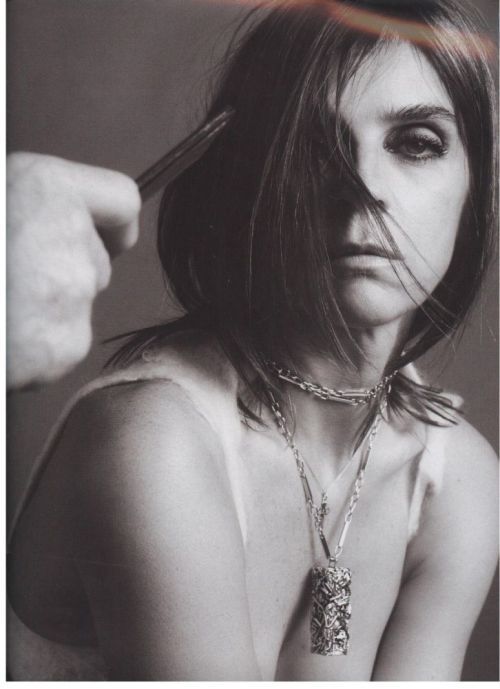
From working with scrap metal to working with gold, the transition in materials is almost a metaphor for his journey from struggling artist to one of the 20th century’s most celebrated French figures.
César also had various interesting collaborations with Louis Vuitton, Hermès, and Yves Saint Laurent, creating fashionable art masterpieces. For example this Jewelry Trunk, similar to the Duchamp’s Boîte-en-valise, created with artists Arman Fernandez and Ben Vautier.
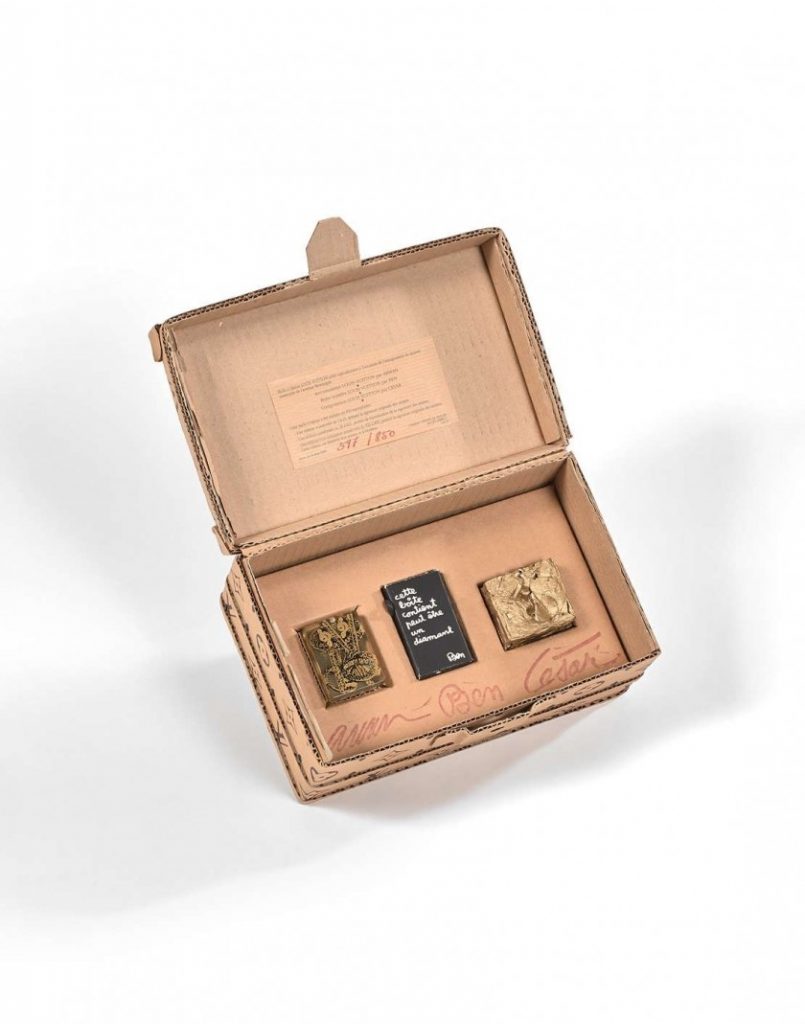

In his works, in addition to the above-mentioned animals, insects, junk, or just ordinary objects we can regularly observe (compressed or not) tea kettles which he often titles as “nature morte” (Still life).

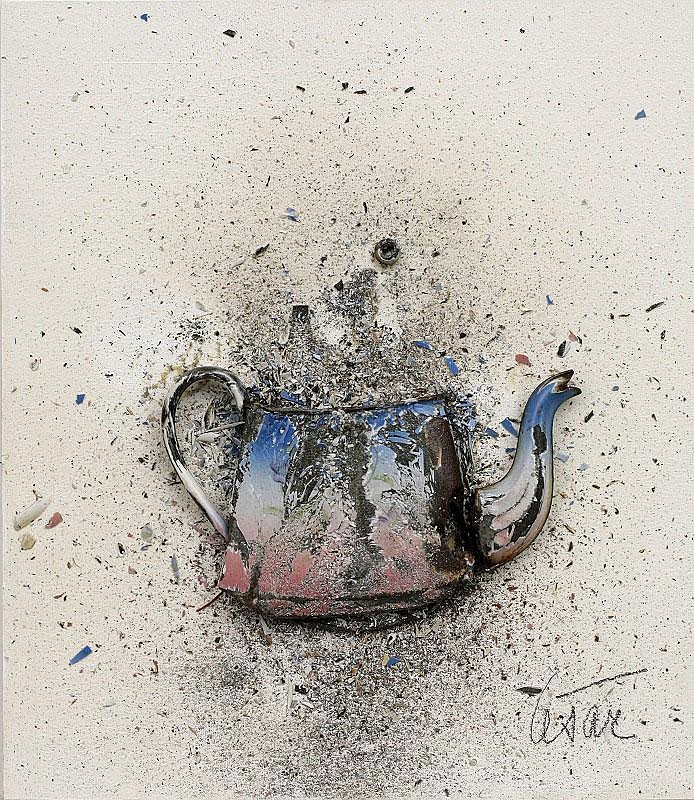
One of his more widely available and most iconic works, reproduced in many sizes for commercial sale, was a representation of his thumb – Le Pouce. César made this kind of “self-portrait” after discovering the pantograph, a tool that allows you to magnify in 3-D by transferring measurements. He made a series of thumbs one of which was also owned by Yves Saint Laurent. Meanwhile a 12-meter tall version was erected in the Parisian quarter of La Défense.
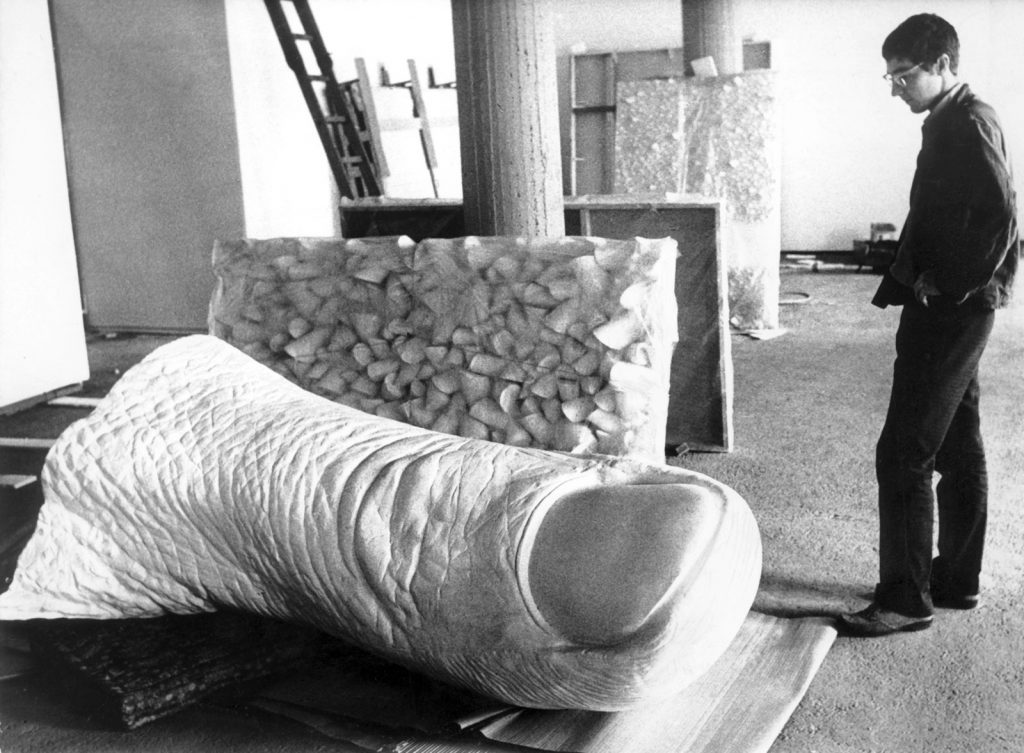
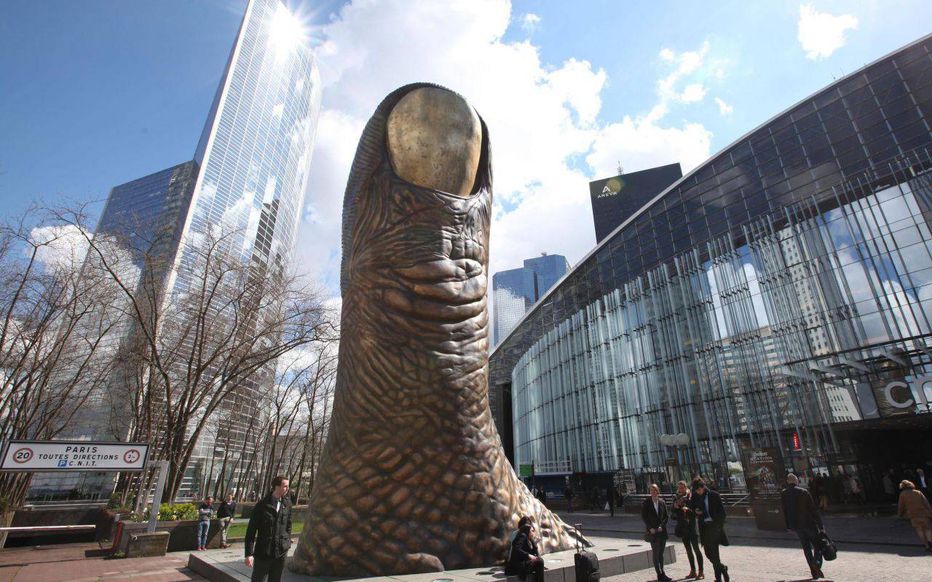
It was in 1960 when he presented his first crushed cars sculptures at the Salon de Mai in Paris, provoking many French art critics. He selected particular cars for crushing, while mixing elements from different colored vehicles. Furthermore, the colors projected on his compressions refer to the colors of the Fiat models of the time. His most known pieces are those created from vehicles such as Renault Dauphine or Facel Vega. Actually, many of his car compressions are similar to the artworks of the American sculptor John Chamberlain.
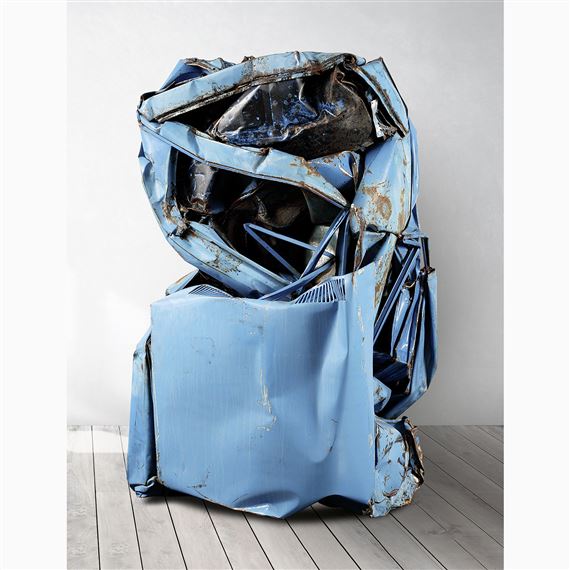
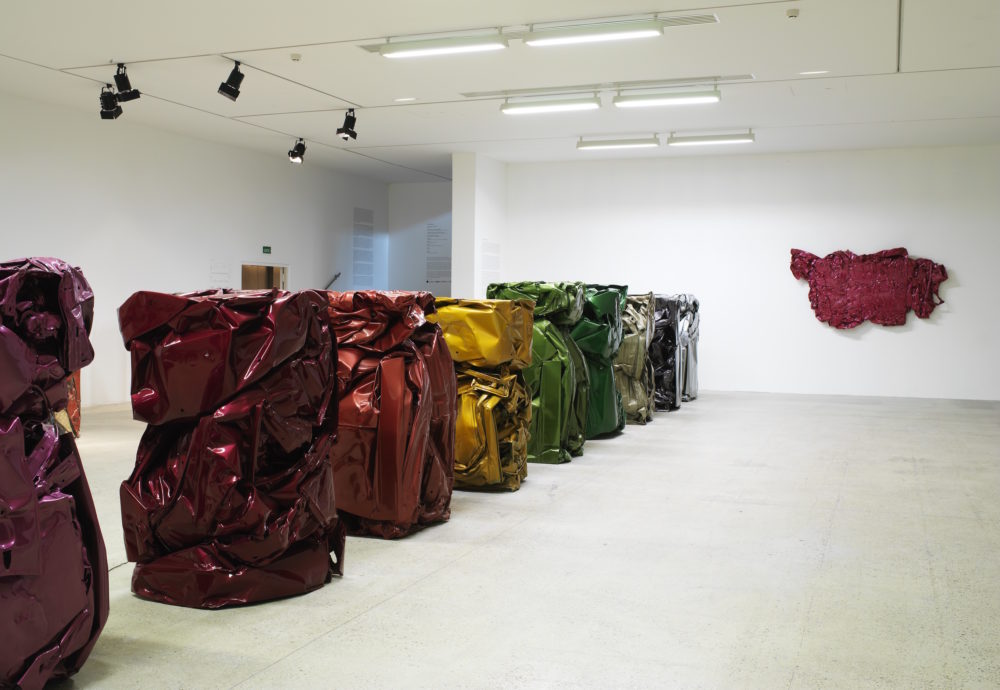
He also made some other means of transport compressions like this very well done moped.
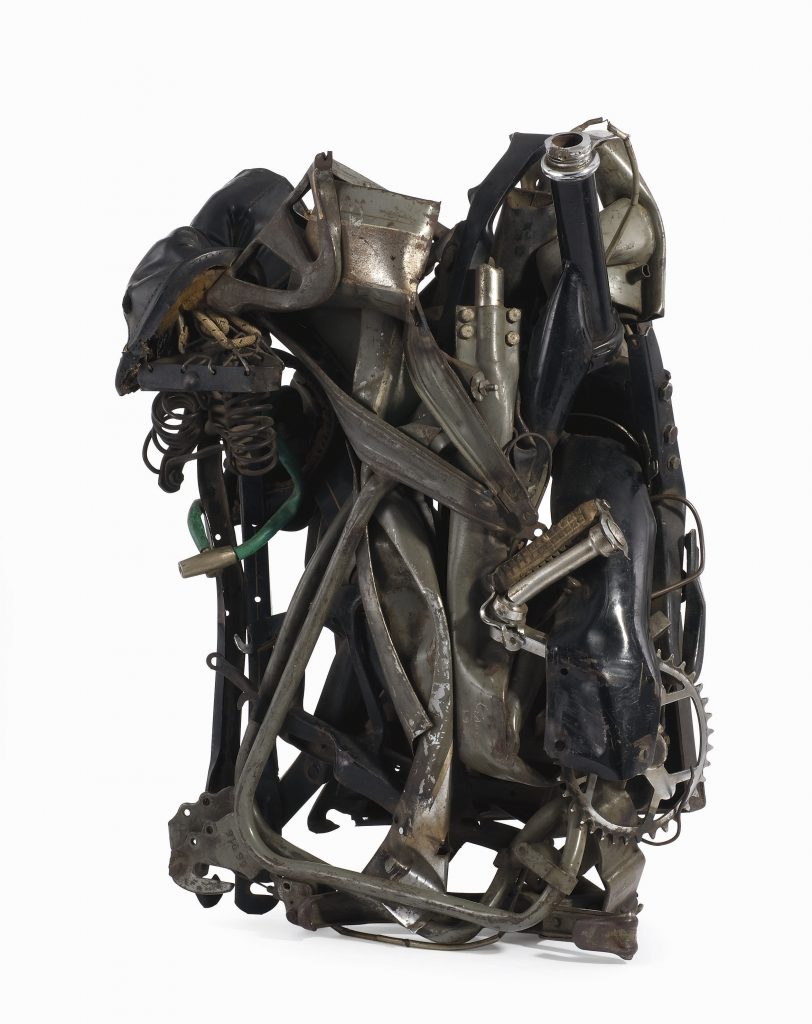
In 1965, he began working with plastics, thus giving up making welded-metal sculptures. His later works included sculptures made out of molten crystal as well.
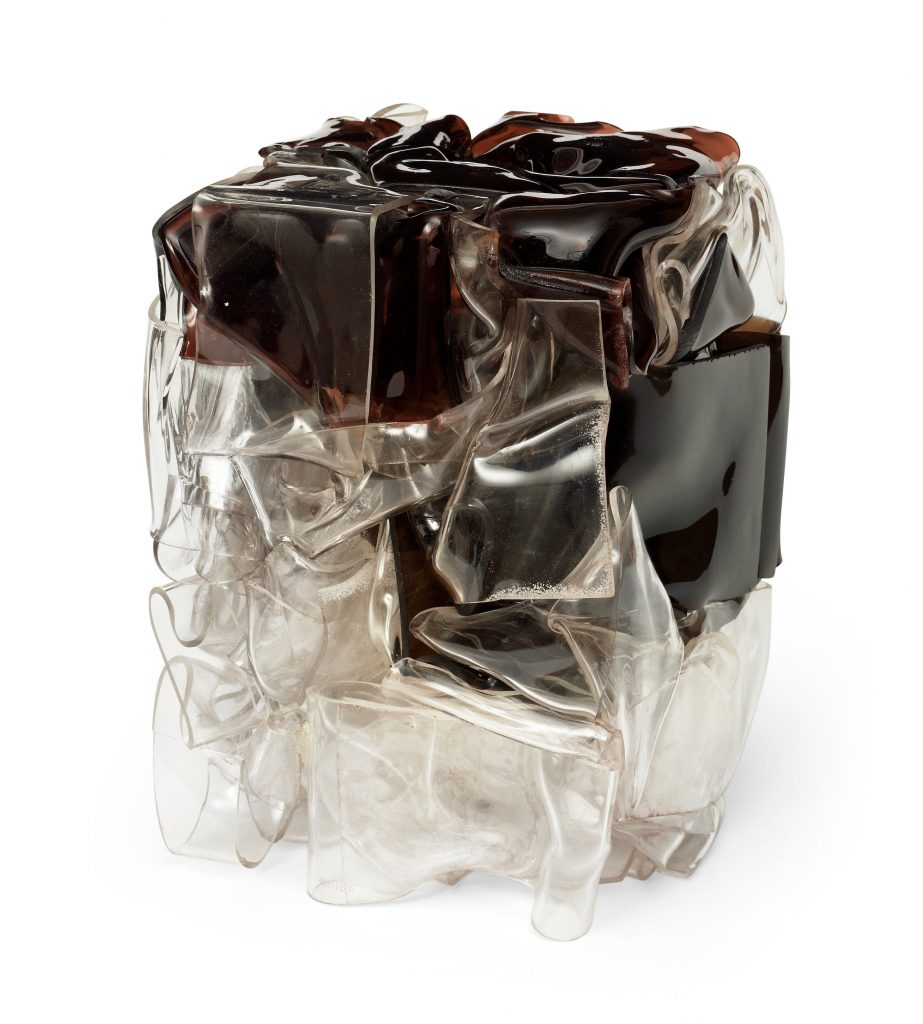
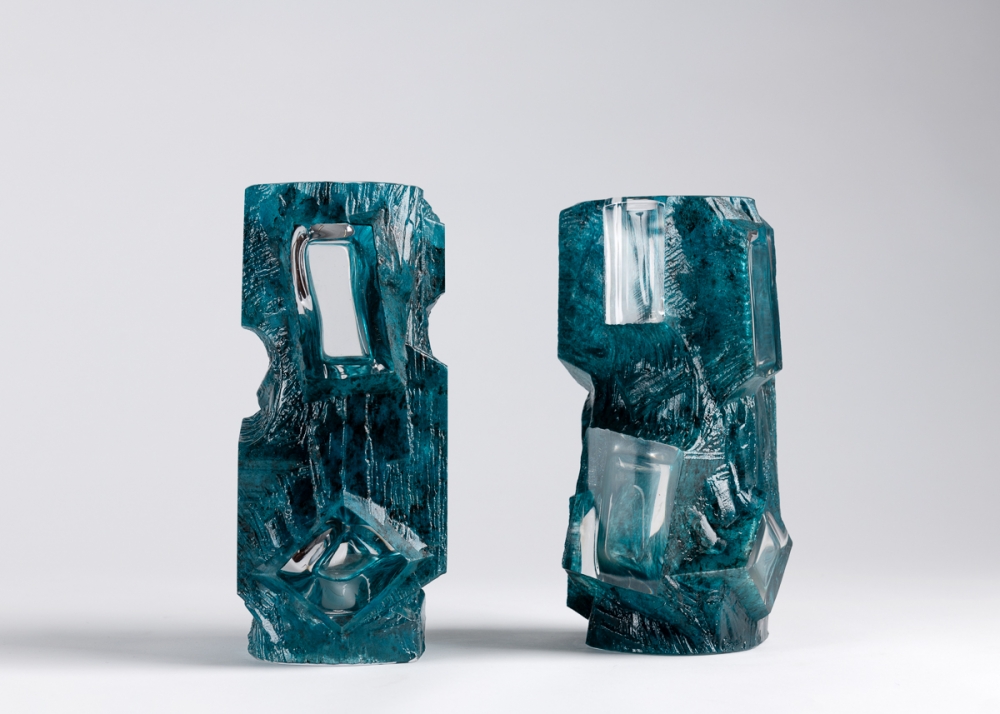
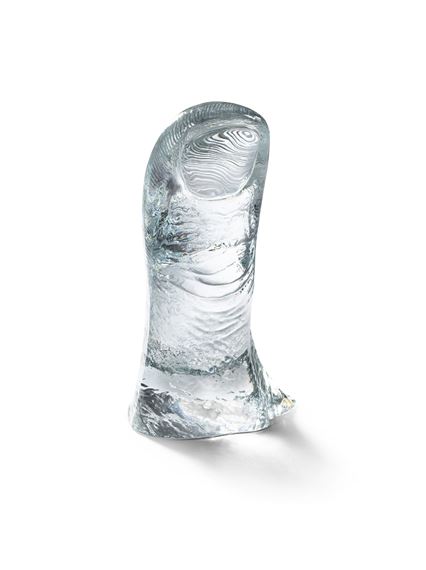
Always on the lookout for new materials and new ways of working, César discovered polyurethane foam – a substance which both expands and hardens as it drys. During the exhibition of his works, he used to surprise the public during Happenings where he poured out this substance which invaded the ground like a large and thick stain of paint.
In this way, César was able to add another layer of artistry to these works, by turning the moments of creation into art Happenings, inviting crowds to watch the drying and formation process. These were his Expansion series.
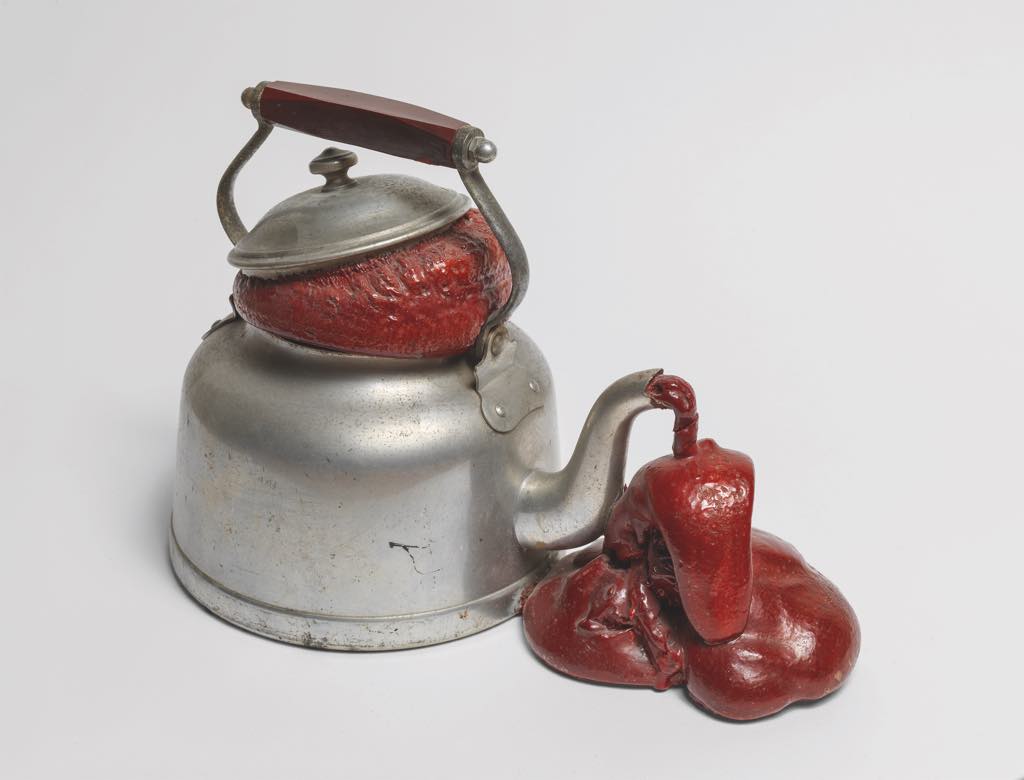
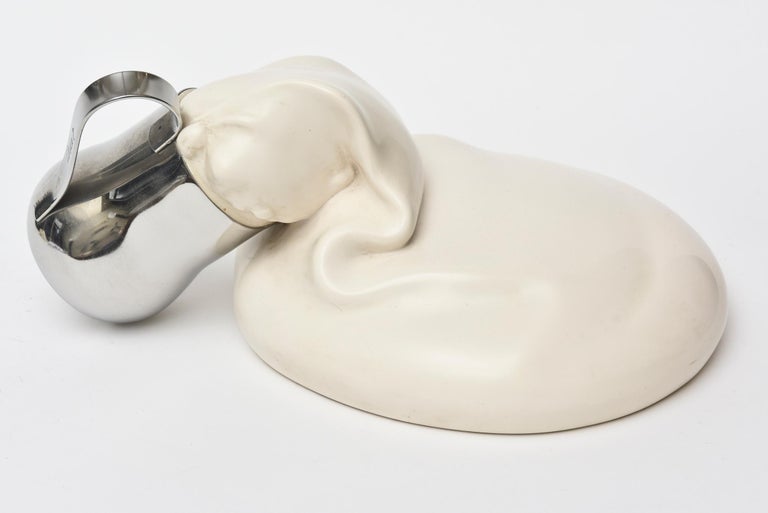
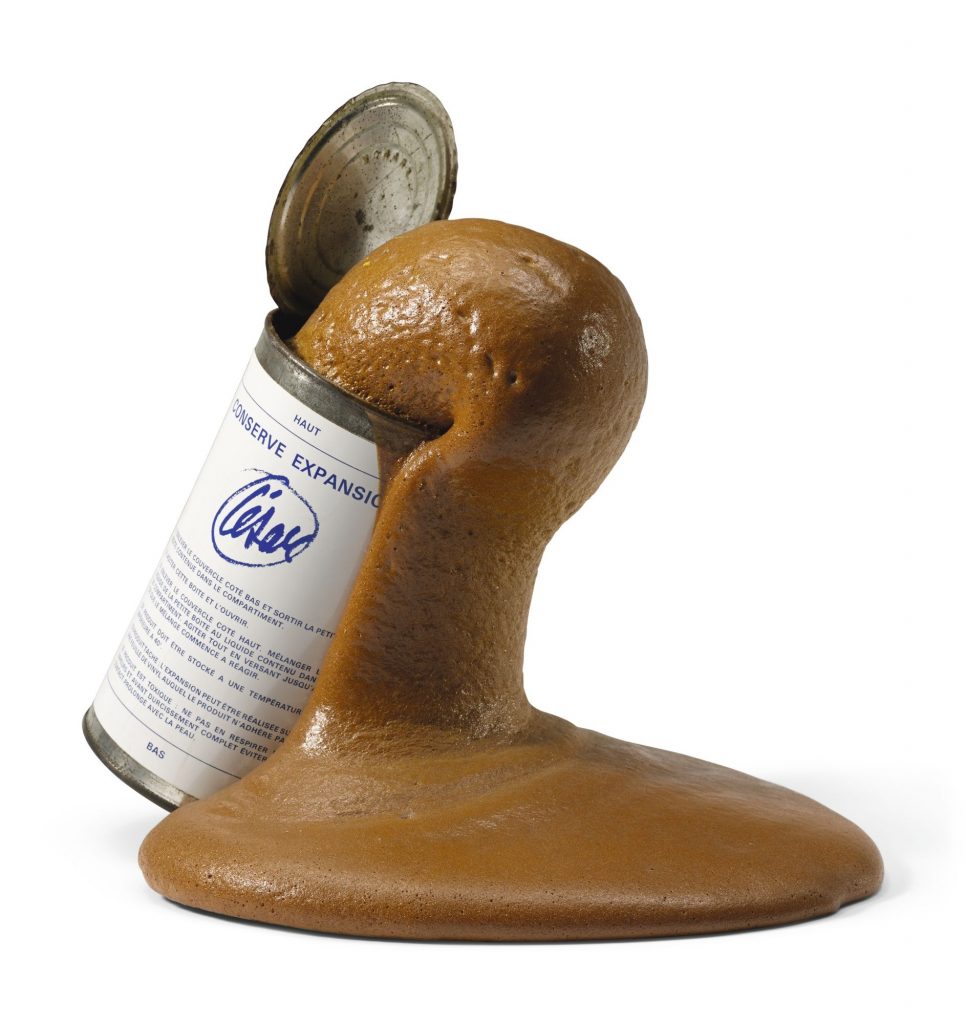
The complexity of his compressions can also be seen through the so-called Directed Compressions. The self-taught artist first experimented with the pressure force on objects, giving them hazardous shapes. Then he decided to choose the angle of compression, the intensity, and the loose parts, in order to master the sculpture he wanted to obtain.
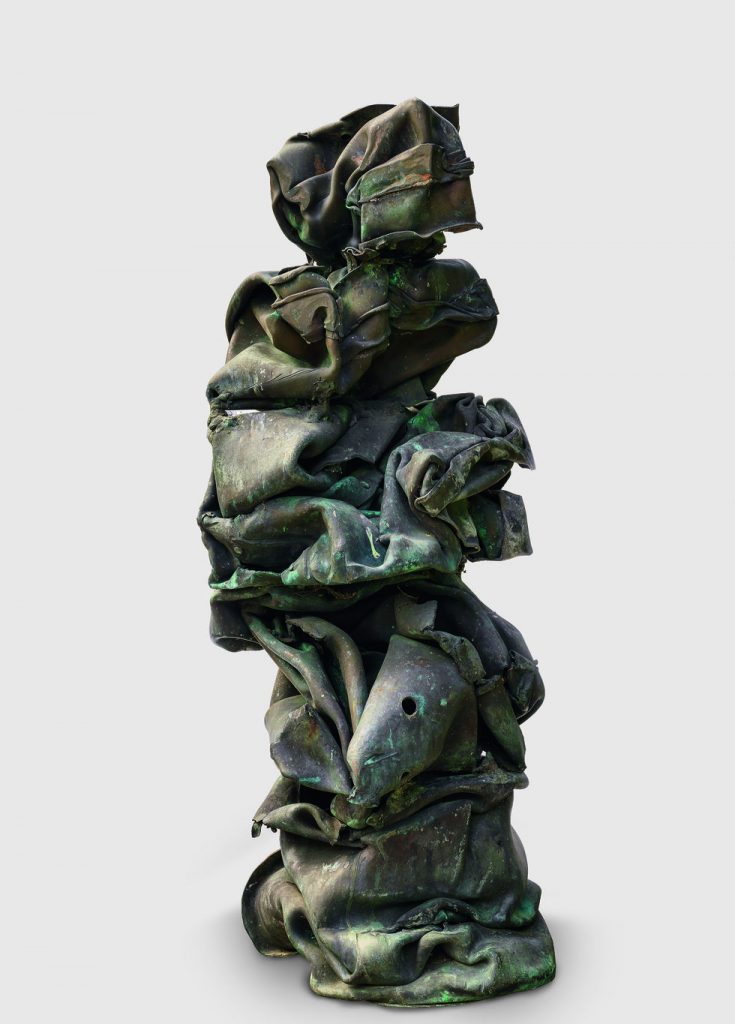
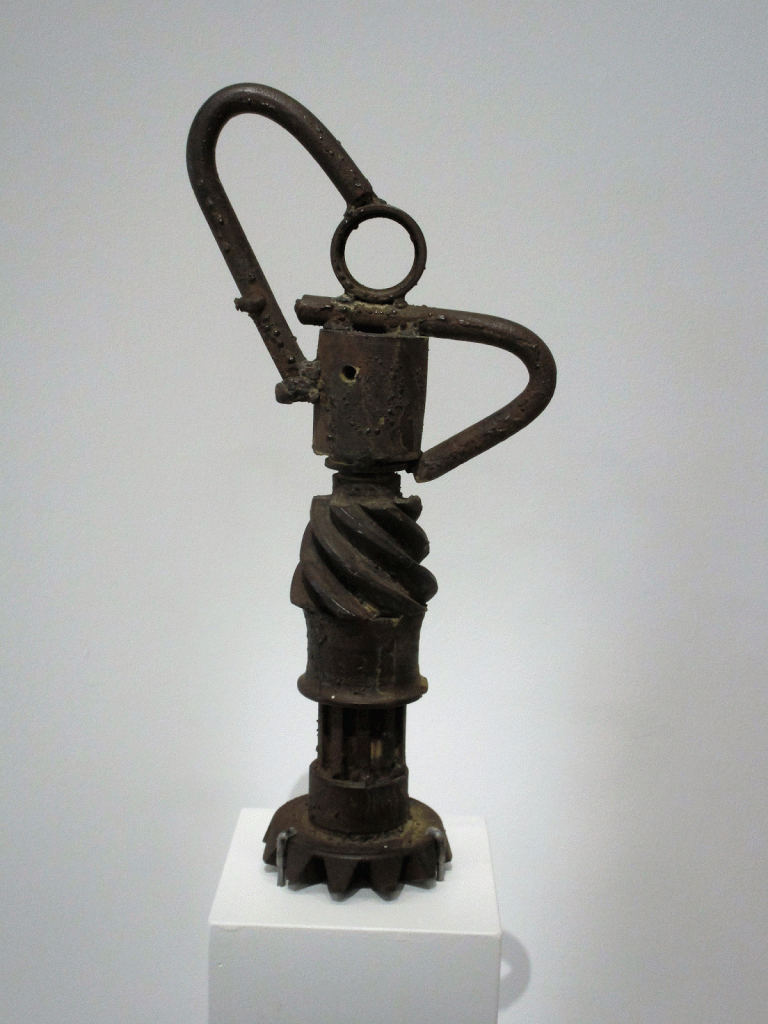
In 1975 the French film industry commissioned him to design its annual award. As a result the César trophy was born, a compression-styled gold statuette quite distinct from its older American cousin, the Oscar. A year later he was made Chevalier (Knight) of the French Légion d’honneur and promoted Officier (Officer) in 1993.
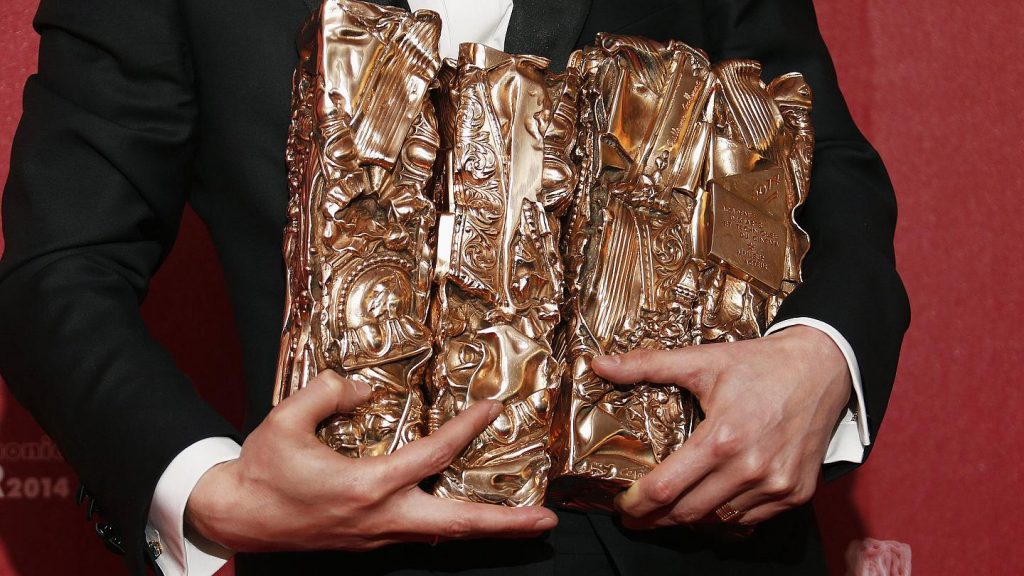
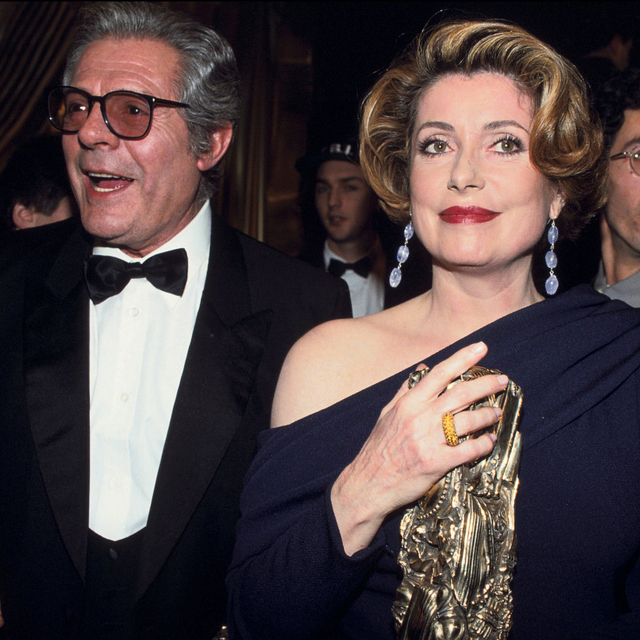
Examples of César Baldaccini’s artworks can be seen all around the world in the permanent collections such as those of le Centre Pompidou, Musée d’art moderne de la Ville de Paris, MoMA, and many others from Japan to Rio de Janeiro. He also designed his own grave at the Montparnasse Cemetery.
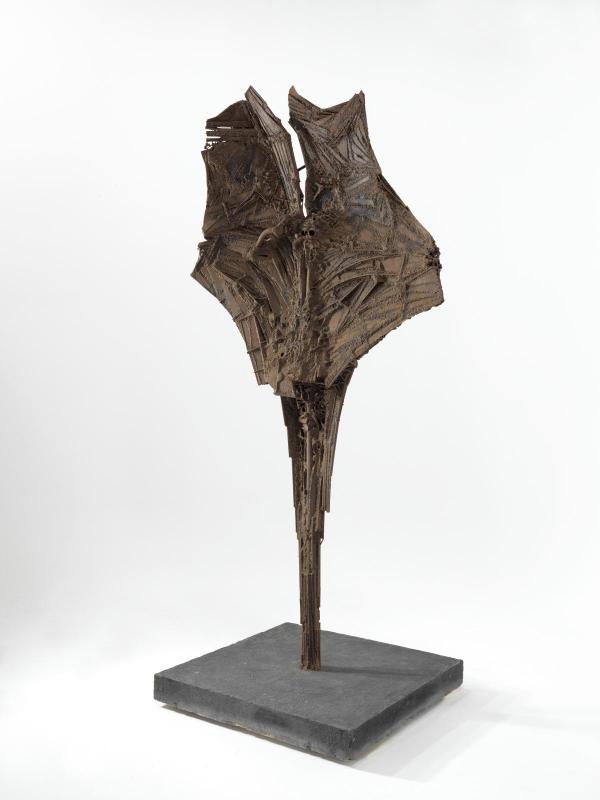
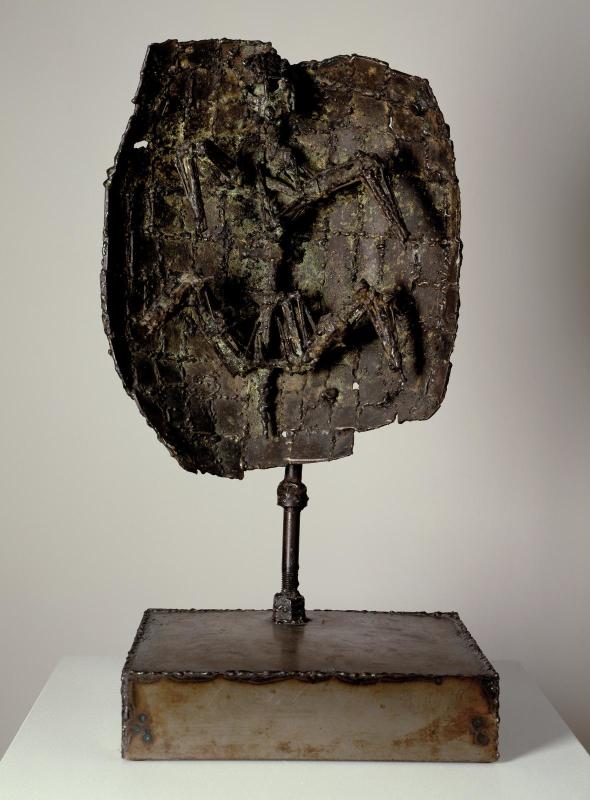
Not only as a part of the New Realism movement but mostly independently, César Baldaccini influenced the perception of art, brought something new and unexpected to the art market, and his trademark has shaken up the world of traditional sculpture. He magnified abandoned, worn, or defective objects by offering them an artistic rebirth and revaluation. Once sad and heavy, the metal became supple and airy in the hands of César.
It is hard to believe that despite all these notable artworks and a major retrospective at the Center Pompidou in Paris in 2018, the artist felt under-appreciated in his lifetime. However with an oeuvre so unique and instantly recognizable, new generations of art lovers will continue to embrace this sculptor’s singular vision. His Compressions might be a precious lesson on how to not overlook what others consider trash – with the right eye it can be transformed into something iconic.
DailyArt Magazine needs your support. Every contribution, however big or small, is very valuable for our future. Thanks to it, we will be able to sustain and grow the Magazine. Thank you for your help!